SUMMARY
This is AI generated summarization, which may have errors. For context, always refer to the full article.
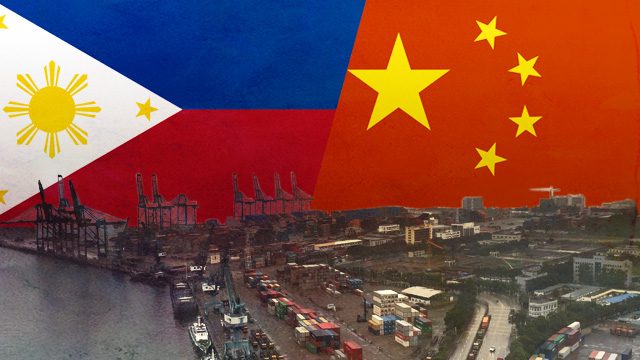
GUANGDONG, China – At a time when China is being treated more as an ally rather than a rival by the Philippine government, the East Asian powerhouse has a message for its much smaller Southeast Asian neighbor: let’s boost trade.
Philippine President Rodrigo Duterte is heading to China this month – his second trip here in less than a year – for the summit on Beijing’s Silk Road Economic Belt and 21st Century Maritime Silk Road, or its Belt and Road Initiative.
The initiative, said China in its action plan released in 2015, is an “ambitious economic vision” that would boost trade; develop infrastructure for transportation, energy, and communication; deepen financial integration; and strengthen people-to-people exchanges.
A brainchild of Chinese President Xi Jinping, it’s something that the Duterte administration has said it would support, despite the perpetual risk of heightened tensions in the West Philippine Sea (South China Sea).
But dispute or no dispute, an official from China’s Guangdong Province told a group of visiting Filipino journalists here that the Belt and Road Initiative is “open for all.”
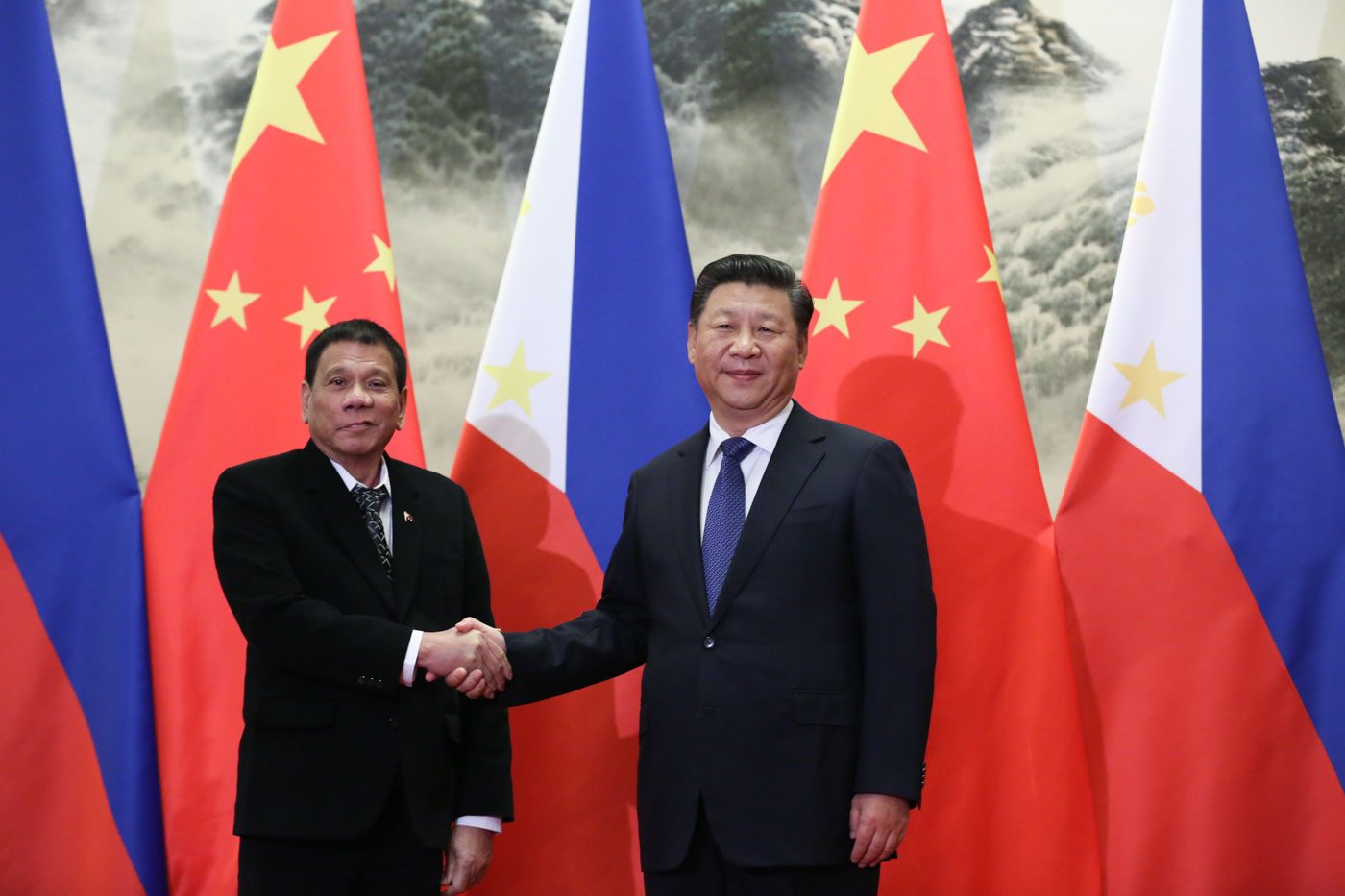
‘Open policy’
Guangdong, which lies along the South China Sea, is not China’s biggest province, but it is the most populous. It’s home to roughly 110 million people – more than the population of the entire Philippines.
According to Guangdong’s Development and Reform Commission, the province was the first in China to make its gross domestic product (GDP) exceed $1 trillion – a milestone it hit in 2013. Since 2011, it has contributed more than 10% to China’s overall economic growth.
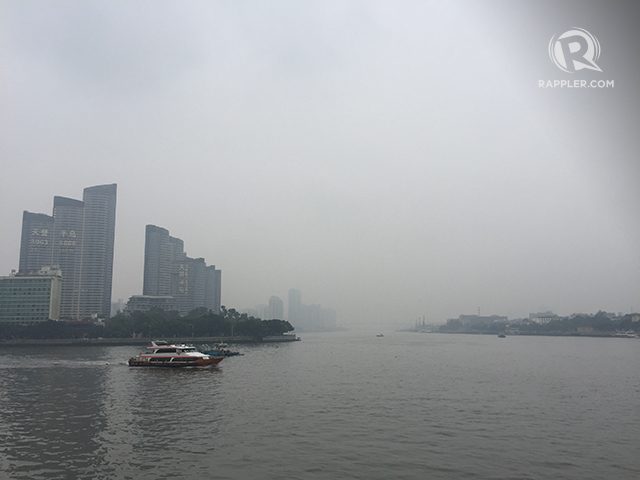
Guangdong Foreign Affairs Office Deputy Director General Luo Jun, speaking to Filipino journalists invited by the Chinese embassy in Manila, said that around 30% of the total trade between the Philippines and China comes from Guangdong.
Data from the Chinese embassy showed bilateral trade between the two countries grew by 3.4% in 2016, hitting $47.21 billion.
Luo believes there’s more room for trade and cooperation.
“China today is different from what it was decades ago, and this development is not from nowhere. It’s from the hard work, the open policy, also from international cooperation,” he said, citing openness as a pillar of China’s economic rise.
“At the beginning, we just have the good policy with little financial support from other places. But we have [an] open market, we have the market open to the outside investors in the world,” he added.
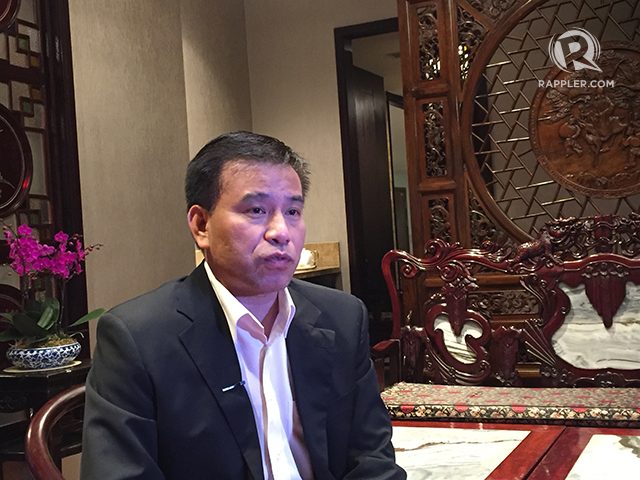
Manufacturing, technology
Guangdong is home to the 3rd and 4th most populous cities in China – Guangzhou and Shenzhen, respectively. These two are next only to Shanghai and Beijing.
There are direct flights from Manila to Guangzhou, which is a major manufacturing and communication hub that is known as China’s “South Gate.” The ancient Maritime Silk Road started here.
“The modern technology, the sophisticated technology, the high-tech products [in China] can tell the Philippines – people [there] may know that China produces shoes, garments, toys. They may not know the progress we have made. We are still making shoes, garments, but at the same time we are making much more sophisticated [products],” Luo said.
Shenzhen used to be a city of rice fields more than 3 decades ago before it transformed into a bustling Special Economic Zone. Today, its top industry is information and communications technology (ICT), hosting tech giants like Huawei and Tencent.
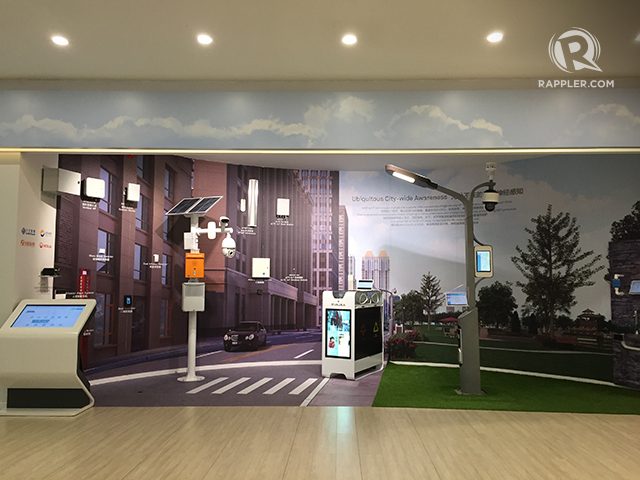
“Shenzhen is an excellent place for business,” said Shenzhen Foreign Affairs Office Deputy Director General Yao Weizhi in a luncheon with Philippine media. “We build a comparatively successful legal framework [for ICT].”
Yao added that there were $5.2 billion worth of total imports and exports between Shenzhen and the Philippines in 2016. He echoes the view that trade should be expanded further.
Much of the cargo in Shenzhen passes through the Yantian Port, which has a capacity of 12 million twenty-foot equivalent units (TEUs) per year, with 18 berths. The port is run by the Shenzhen Yantian Port Group Company Limited, a firm aiming to be at the forefront of the 21st Century Maritime Silk Road.
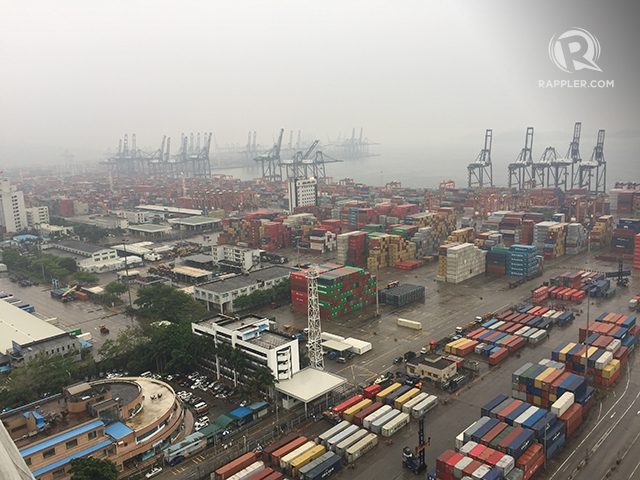
“The geographical location has already made Shenzhen one of the key players under this [Belt and Road] Initiative,” said Yao, pointing out the city’s proximity to financial hub Hong Kong. “A lot of foreign companies start to invest in Shenzhen through Hong Kong.”
The Philippines’ SM Prime Holdings Incorporated, which already has 7 malls in China, earlier said it plans to increase its investments. Ayala Corporation, meanwhile, is in talks with Chinese firms eyeing Philippine infrastructure projects.
With the Belt and Road Initiative coming at a time when Manila is more than willing to embrace Beijing, Chinese officials are optimistic other companies will soon follow suit. – Rappler.com
Add a comment
How does this make you feel?
There are no comments yet. Add your comment to start the conversation.